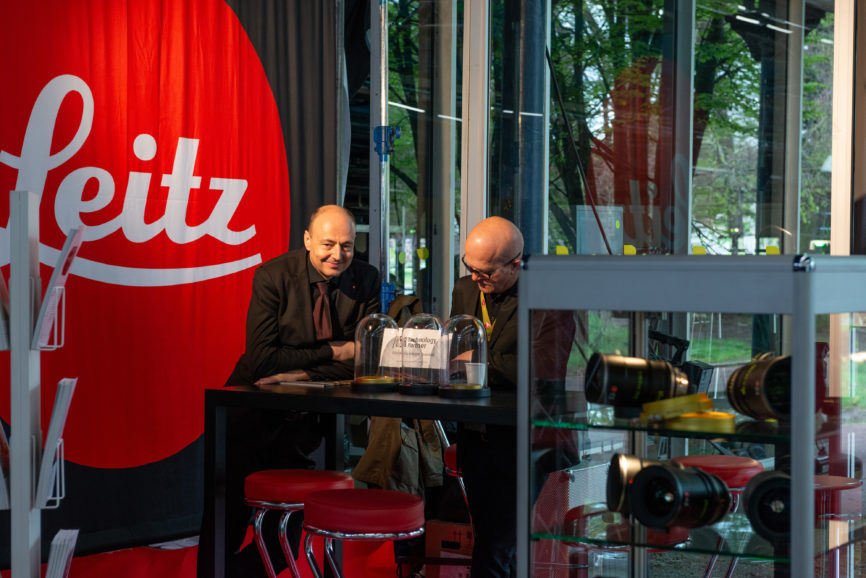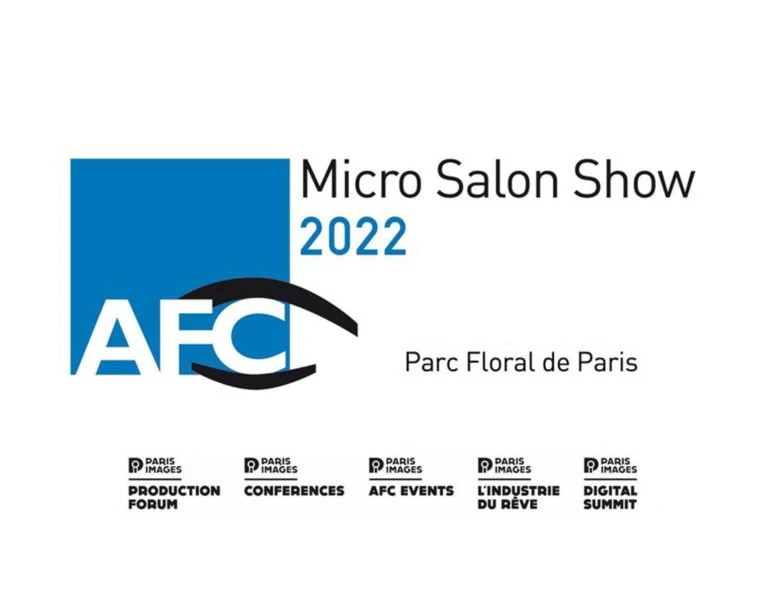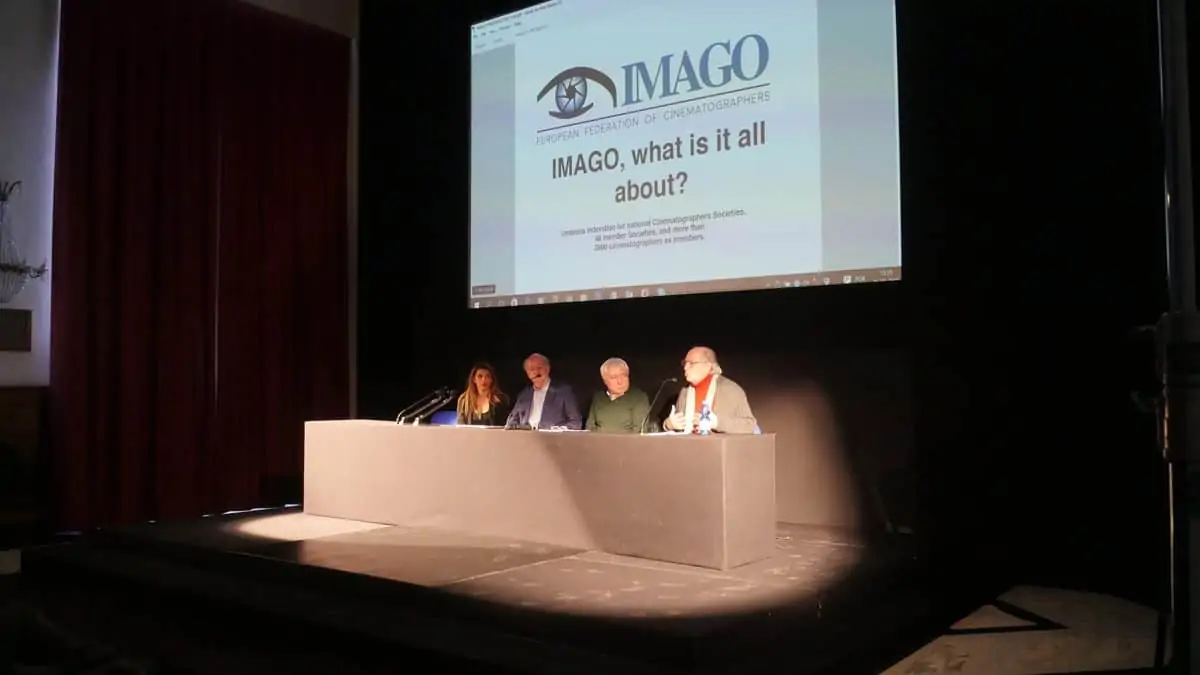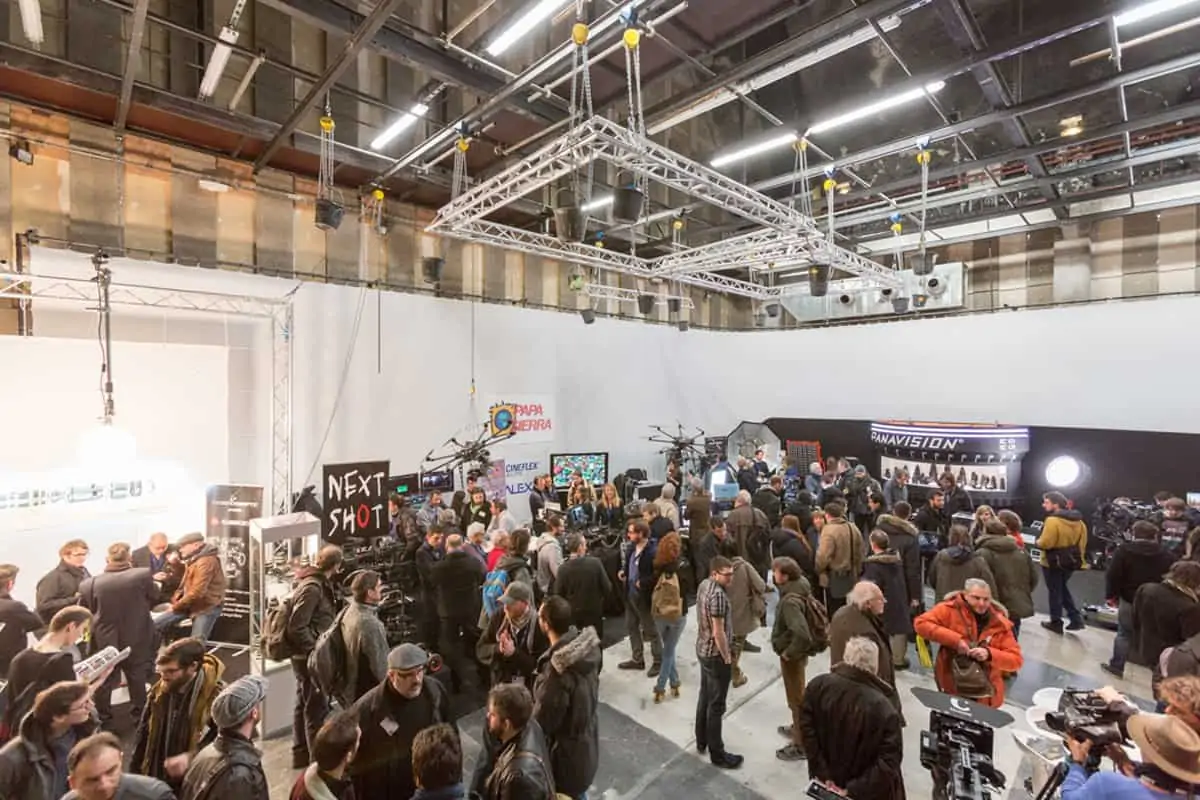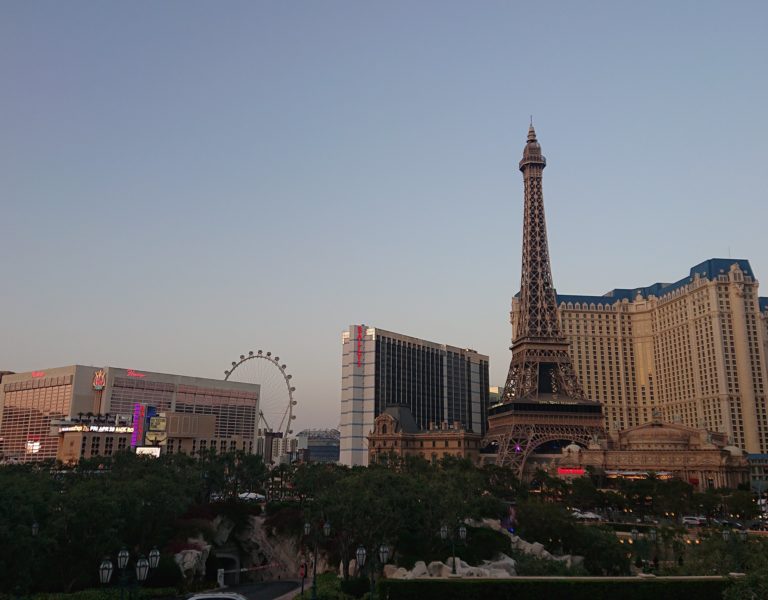A TRIUMPHANT RETURN
Returning to the Parc Floral de Paris as a full version, Micro Salon AFC brought together nearly 2,000 visitors and 60 exhibitors between 13 and 14 April.
“The event has been a real success,” says Leo Hinstin, co-president of the AFC, about this year’s Micro Salon in Paris. “Despite its new April date, richer in shooting days than January, and the seminar programme taking place on weekdays instead of the usual weekend, the visitors were here. The smiles were back, the masks falling, and there was a really friendly atmosphere throughout the show floor.”
New gear on show at the event included those on the K5600 stand, where CEO Marc Galerne exhibited a very ingenious remote-control system for projectors. Specially designed for those set on cherry pickers or platforms, the Litemovers system is developed by Dutch gaffer Erno Das and distributed exclusively by K5600.
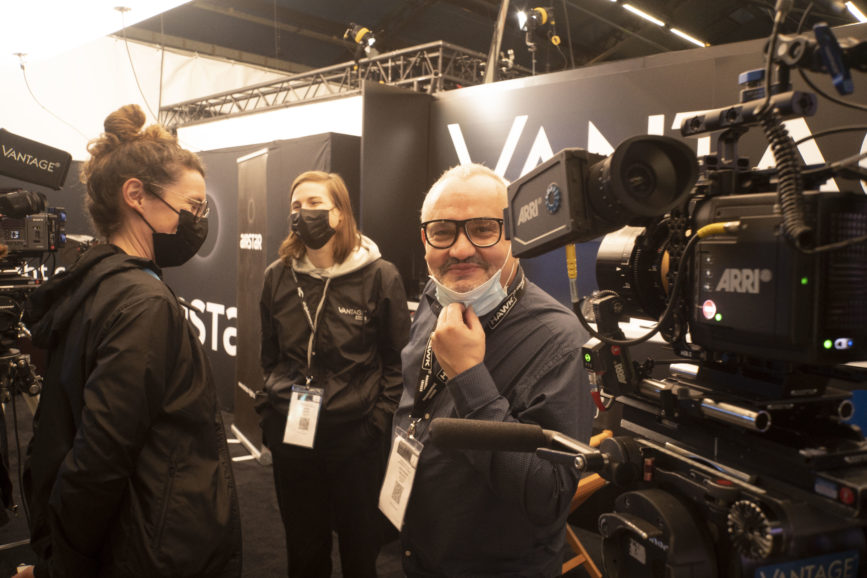
The remote-control system manages pan, tilt, and focus for most classic projectors on the market. It adapts to almost all focusable projectors, with a maximum load of 220lbs. Fully waterproof (the circuits are sealed in an internal shell), it works either via a wired remote control which powers it at the same time, or in a wireless version (by adding a battery). Compatible with the protocol used on the Luminaire application, it can easily be integrated into a lighting universe controlled on a simple iPad. It is therefore equipped with various accessories to adapt to any rigging situation, or to be used in a suspended version rather than on a stand.
Softlights – a small Paris-based lighting manufacturer – offers “tailor-made” products for gaffers and directors of photography. This year, Henrik Moseid presented a small LED module called Flame which can perfectly mock the light of candles, torches, and other kerosene lamps. A small illuminating element can easily be introduced into a practical, being a real flame, on film. A skilful assembly of four colour LEDs (2200°k, amber, lime, and deep red), the small Flame works on a 12-volt DMX decoder. Thanks to its own wireless dimmer and flicker free casambi softlights, it can be controlled in intensity and tint while creating flickers and animated scenes. It is a device already used on many sets in France and Europe on period features and TV shows.
Cooke was showing the new Varotal/i and S8/I Full Frame lenses in partnership with EMIT, which is celebrating 40 years of trading. EMIT has represented Cooke in France for over 30 years.
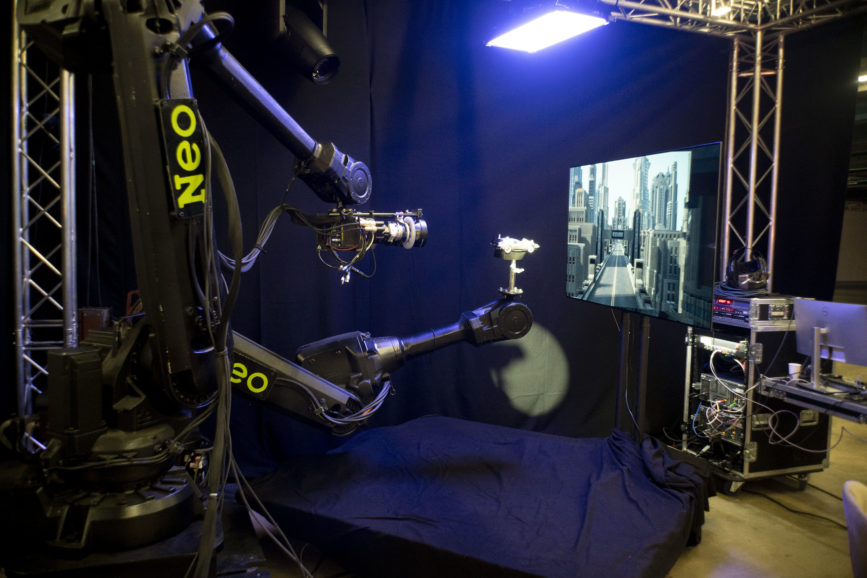
Leitz Cine presented the new Elsie series of lenses. The optical quality is of course always the main topic for the Wetzlar brand, and this newly designed full frame series is also intended to be a more economical version at €20,000 per lens (much less than the Thalias, the flagship series launched five years ago).
“These are slightly more compact lenses, with a subtle decrease in resolution at the edges, which tends to draw the eye towards the centre of the image. The result is a more organic rendering, which can be categorised between the Summicron series and the M0.8,” according to Rainer Hercher, director of Leitz Cine.
Vantage Films, another German lens manufacturer, was showing the new Hawk 65 vintage 74 series. The 1,3 ratio anamorphic lenses boast a very large frame coverage (including the Alexa 65) and a vintage look. Many DPs are asking to test this new series. Alexander Bscheidl (Vantage Paris) highlights the contemporary mechanical aspect of the lenses, combined with a more 1970s anamorphic look based on fluorite glass elements. All Hawk series are rent-only lenses via the vantage network in Europe and the US.
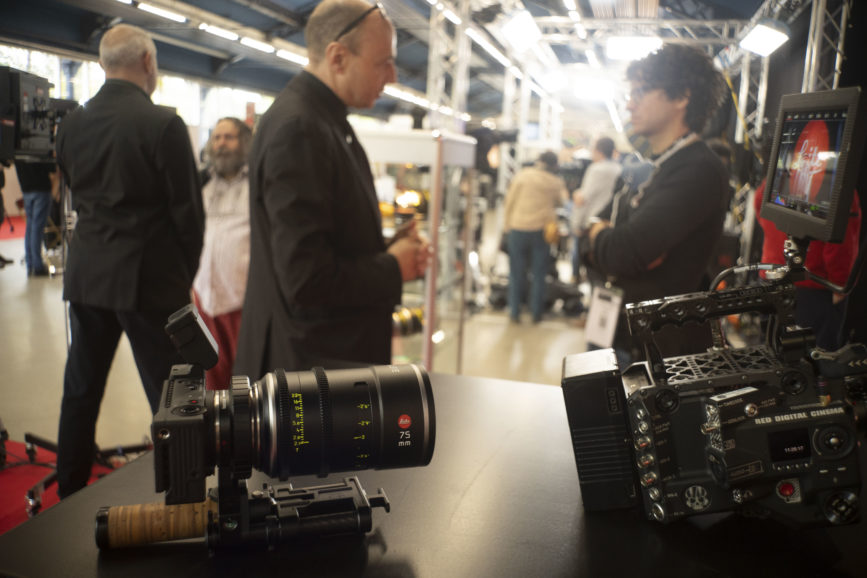
Speaking of optics, ARRI also opened the curtain on the new ARRI Signature 16/32mm wide-angle zoom. During a dedicated presentation, the audience learnt about the new tool delivering images without distortion despite the very short focal length in full frame (106° angle of view at 16mm). To highlight the personality of the lens, director-operator Jerome de Gerlache filmed a young model in several mythical places in the Parisian capital, alternating between atmospheres and framing in a music video style. Of course, rock steady lines of perspectives were the stars of the show. That being said, the lens turns out to be quite dense but not bulky when placed on a Mini LF.
A new release on the Canon stand was the very promising EOS R5C hybrid camera. Highlighted by a nice demo shot in Madeira, this very compact and very light camera (barely 700g) impresses through its versatility (handheld, gimbal, or drone). Shooting on an express CF card in 8K, it also offers a surprisingly wide choice of definitions, crop, and recording formats (including cinema raw light).
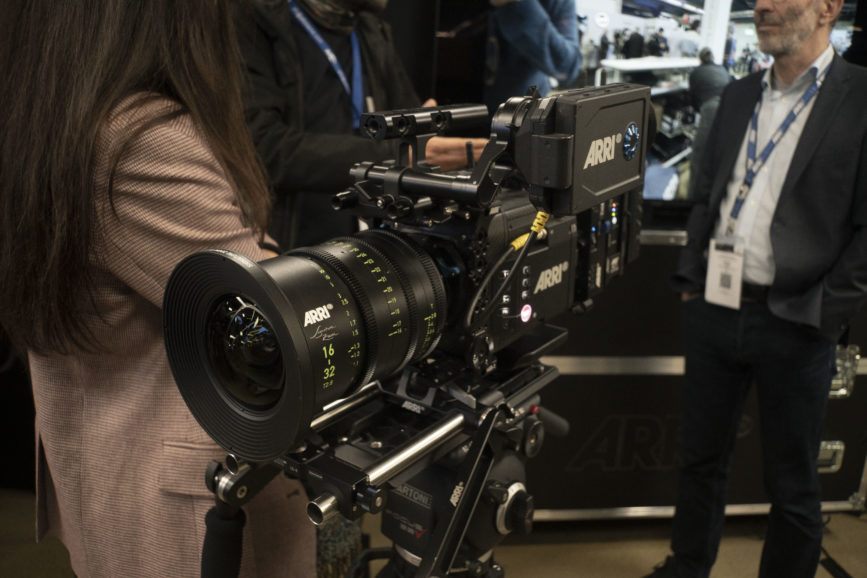
The Canon France team draws attention to its hybrid design and different menu options depending on whether it is used as a camera or as a video camera. Featuring a very high-quality viewfinder, it is naturally made for the new Canon RF mount lenses (with a shorter flange range, as RF cameras got rid of the reflex mirror). Adaptors are also present, allowing it to be used with classic EF lenses, including a very useful ring incorporating a neutral filter holder. With its 45 million pixels and famous Canon colour science, it could possibly become the new Canon 5D of the 2020s. Lighter, more efficient, and truly dedicated to video.
We also stopped by the stand of Parisian company Picseyes, which specialises in the rental of high-speed cameras and virtual production shooting solutions. CEO Xavier Pléche presented us with a technical challenge: synchronisation via proprietary software of several robots and an LED screen on a spinner. Thanks to this set-up, it is possible to perfectly consider 360° movements around an object or an actor, without having to rely on a huge LED screen. Set on the spinner, and synch controlled via the company’s software, when the robots move, the result is immersion in a 3D universe at a lower cost.
